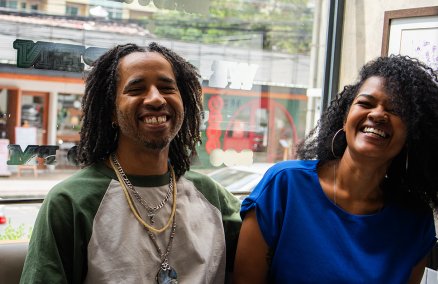World Car-Free Day is observed in cities around the globe on Sep 22 to remind people that we don’t have to accept a car-dominated society. People are encouraged to ditch their vehicles for the day to get a taste of what their cities would look feel like without cars.
This year, Bangkok Car Free Day is being celebrated one day later, on Sep 23, and to mark the occasion, The Thai Cycling For Health Association is holding a special bike ride. They’re calling on bicyclists to gather at 6am at 14 points around Bangkok, then make their way to Rama V Monument Square before riding on to Borommaratchonnani Road. From there they will put on what the association is claiming will be the biggest ever Thai flag parade en route to Lumpini Park, where proceedings will wrap up at around 3pm. The 14 gathering spots are:
1. King Rama the Fifth Monument Square, 2. Benjasiri Park, 3. The Mall Bangkae, 4. National Stadium (Huamark), 5. Thonburirom Park, 6. Pratukrungthep Market on Phaholyothin Rd., 7. Aksa Rd., Putthamonthon, 8. TOT Headquarters on Chaengwattana Rd., 9. World Bike shop on Praditmanoontham Rd., 10. Big C, Ramintra Rd., 11. The Mall Thaphra, 12. The Mall Ngamwongwan, 13. TOT, Rama IV Rd., and 14. Suanluang Rama IX. For more information, visit www.thaicycling.com
Q&A: Mongkol Vijarana
vice chairman of Thai Cycling for Health Association
 What are the chances of Bangkok becoming a bicycle city?
What are the chances of Bangkok becoming a bicycle city?
I often point to Bogota, Colombia, a metropolitan area not unlike Bangkok with severe traffic, dense population and a high crime rate. Former Bogota mayor Enrique Penalosa transformed it into a bike city. He rearranged the public transport system so that everything was connected. Some 1,200 public spaces were added. 100,000 trees were planted. Footpaths and bike racks were added. The result was a 40% decrease in traffic, a decrease in crime, and more people riding bicycles. The estimated number of people riding a bike is now 300,000 per day. This means a definite improvement in the quality of life—better health, a better environment and less pollution. I believe this is also achievable in Bangkok.
Why do you think Bangkok’s bike lanes have failed?
The Praditmanutam Road bike lane is not successful because there is no public transport to connect to. People who use bicycles are not typically serious riders—they just use bikes for a short commute from home to public transport. On Praditmanutam Road, there is only one bus line, it’s not worth the sweat for most people. But if we look at Ladprao Soi 87, there are lots of bikes parked because there are buses that link people to their destinations.
What’s wrong with our public transport?
For an effective system, look at Hong Kong’s public transport. Trains, buses and boats are all interconnected. Here, there’s no system to how our buses run. If more people could use public transport, bicycles would serve to connect the two. This requires a long-term effort. We need energy and ideas. But if a mayor lacks the will to do anything, such as ours, we can forget about it. Bangkok has potential but lacks enthusiastic people.
Advertisement















